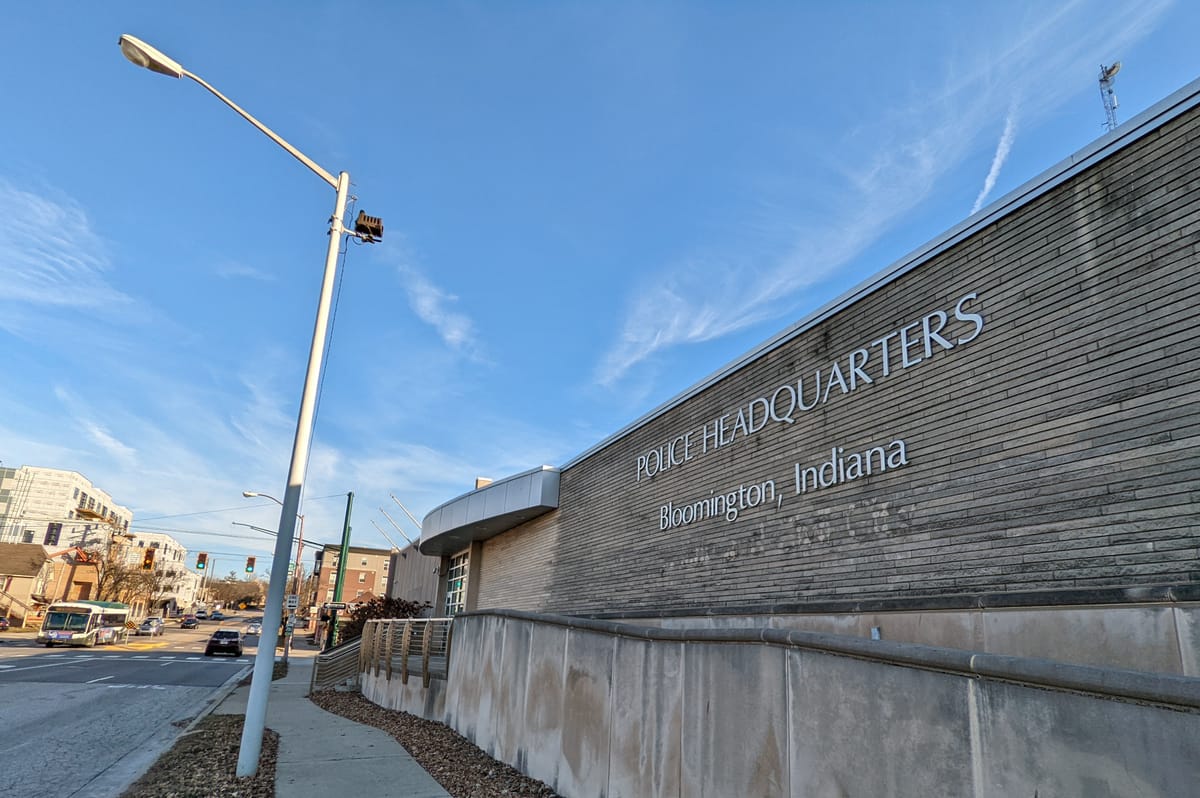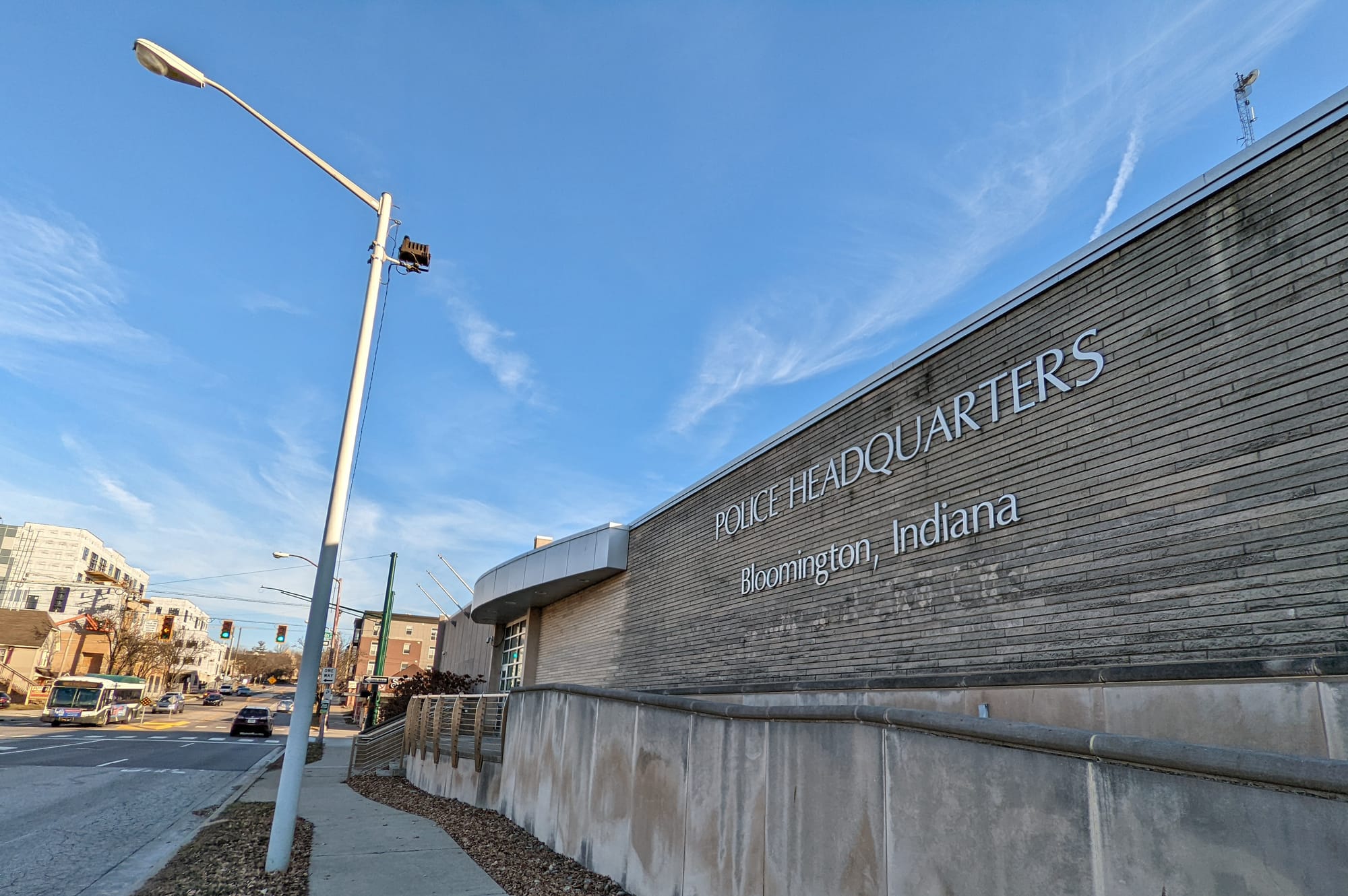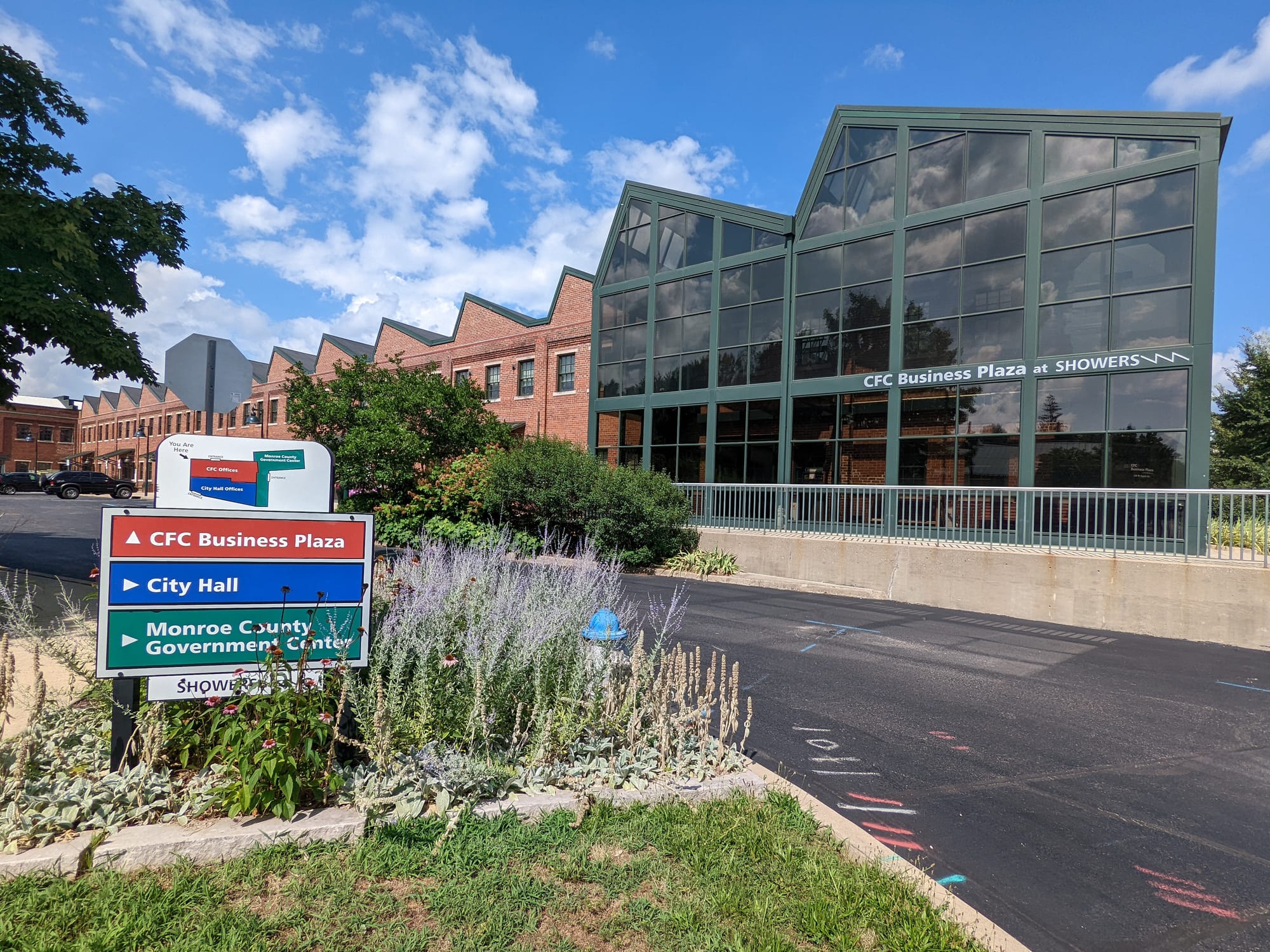Column: What is ‘value’ when it comes to options for Bloomington’s new police station?



Under Indiana’s building code, newly constructed police stations and fire stations have to be built to conform with Category 4 risk standards.
That’s the highest standard in the code. Category 4 includes facilities like emergency surgery facilities, and power-generating stations—essential facilities that are needed in response to disasters like tornadoes and earthquakes.
So, at least for new construction, it’s worth considering two kinds of value that are connected to compliance with Category 4 standards.
First, there’s legal value that comes from compliance with the requirements.
Second, there’s practical value attached to a building that has a better chance of surviving a tornado or an earthquake.
Bloomington’s city council is currently faced with a decision that should focus not just on legal value, but also practical value. Here’s the question:
Is renovating and expanding the existing police station on 3rd Street a better or worse value proposition than purchasing part of an existing building at a different site, and renovating that space for combined police and fire use?
In any case, to achieve a combined police station and fire department administrative headquarters, the preferred option of Bloomington mayor John Hamilton is not new construction.
Hamilton’s proposal is to purchase and renovate the western part of the historic brick building that also houses city hall, and was home to the Showers Brothers Furniture factory starting in 1910.
Based on the Hamilton administration’s numbers, and its framing of the value question as dollars per square foot, this is an easy choice: We could spend $23.5 million to get 64,000 square feet in Showers compared to spending $25.3 million to get 35,000 square feet at the 3rd Street site.
On that framing, the Showers option offers greater value.
But dollars per square foot is not the only way to define value. Surely Category 4 standards could and should be factored into the potential value of those square feet.
Does the old Showers building meet the Category 4 standards? No.
That’s according to Jim Lewis, with LNJ Engineering out of Columbus, Indiana, with whom architects for the administration’s project have consulted.
To achieve compliance with Category 4 standards would require “significant structural upfit” according to Lewis. There are no cost estimates provided by Lewis for shoring up the brick walls or the sawtooth roof structure in the Showers building to meet the standards.
The cost of bringing Showers into Category 4 compliance is not a part of the administration’s estimates—but apparently only because Category 4 compliance would not be legally required. Why not? The short answer is: Because it’s not new construction.
If a new police station is incorporated into an existing building as part of a renovation, it is not legally required to conform to Category 4 risk standards. That’s the interpretation of a section of Indiana Administrative Code [675 IAC 12-4-11] that has been provided to Bloomington’s architectural consultant by Indiana state building commissioner Craig Burgess.
So spending the money to make Showers meet Category 4 standards would add no legal value. But surely that expenditure would add some practical value—by improving the chances the building survives a disaster.
As the building commissioner, Craig Burgess, points out in his correspondence, “[K]eep in mind that the codes represent only the minimum standard to which we have to build. Everyone is free to exceed them if they wish.”
I am not trying to make a case that the administration should spend additional money to make Showers compliant with Category 4 standards.
But I do think that if an alternative, like renovating the existing police station, does meet Category 4 standards, then that alternative should get the benefit of that additional value, when the council considers the alternatives.
Does the existing police station on 3rd Street meet Category 4 risk standards? There seems to be an assumption by some that it does. But it’s a fair question that I don’t think has yet been explicitly asked by the city council or answered by the administration.
But certainly a newly constructed addition on 3rd Street—which is assumed by the cost estimates the administration has provided—looks like it would have to meet Category 4 standards.
To sum up, when the city council weighs the value proposition of the Showers purchase against the existing 3rd Street site, Category 4 standards should at least be in the mix.
A four-member city council committee is set to meet a second time on the topic on Tuesday (Jan. 10) at 2 p.m.




Comments ()